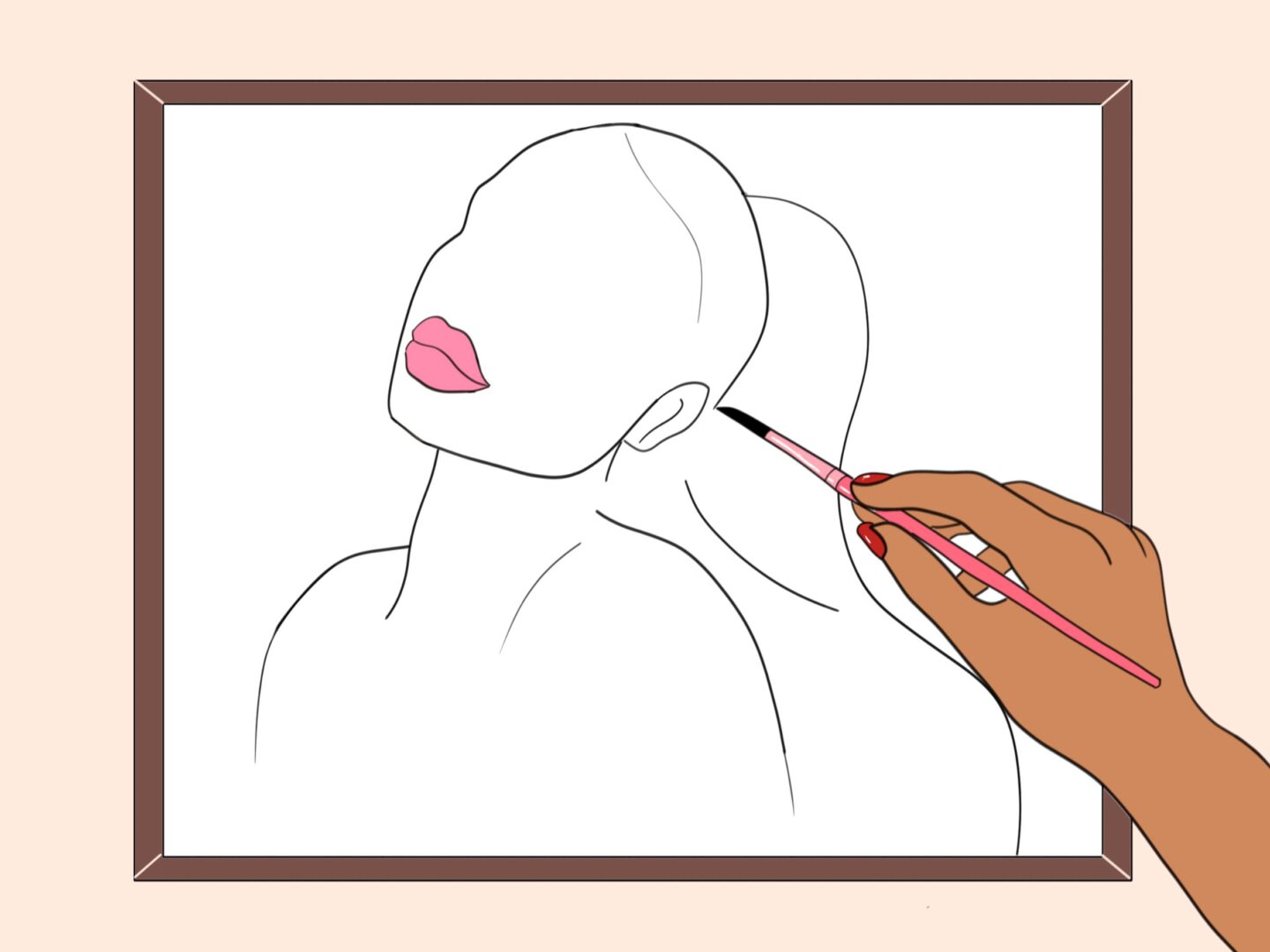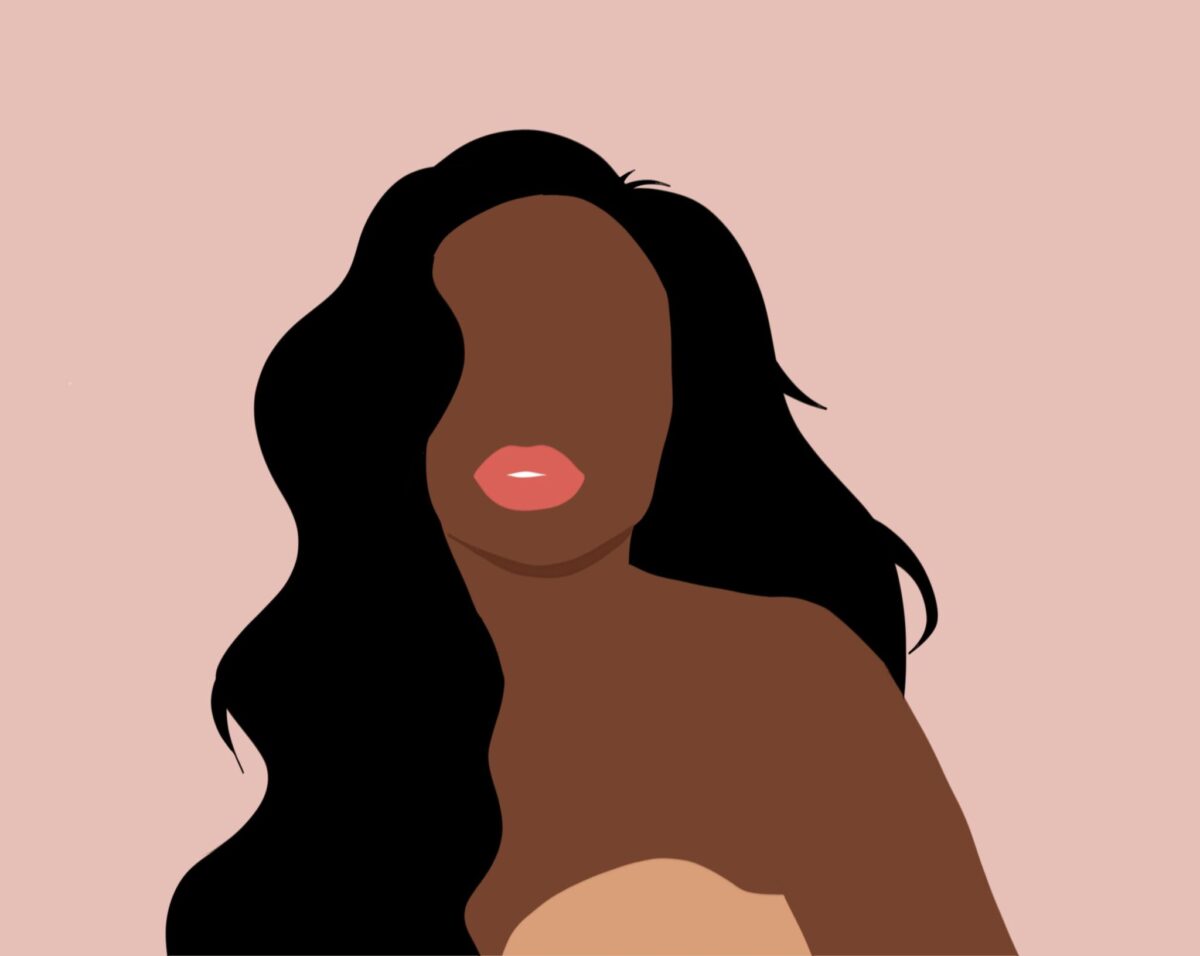Modern art has gained a bad reputation. Pretentious, lazy and confusing are some of the words that people use to describe it. I have routinely overheard the disgruntled murmuring of patrons in art galleries so much that it has become something I expect with every visit. Critics will say that real art is no longer being made. Fingers are pointed at the convenience of photography, film and digital art. So some look to the classics of art like the Mona Lisa as a rigid standard of the skill and style required to label a piece of art. But I believe that we should appreciate the modern arts more.
The mere mention of modern arts envokes debate. One criticism leveled at modern art is that it has lost its significance in society. In antiquity and the post-Middle Ages, fine art was exclusive to nobility and royalty. Art depicted heroes of history, myths and legends and immortalised the faces of royalty. Those given an artistic education were few. Depicting portraits and scenery for the very wealthy. This type of art was produced for reasons of practicality rather than for fun. Subsequently, the rarity of artist’s materials and the lack of standardized manufacturing for these materials made artists even rarer.
Due to religious and cultural censorship, art conformed to the acceptable standards of the society it belonged to more often than not. Well into the 18th century, art classes were taken by middle class white male students in the West. When photography became open to the public and the manufacturing of art mediums more streamlined, art suddenly became more accessible to the masses. Not only could a working-class person obtain art materials but they could do with art what was once rare. Create it purely for one’s own enjoyment. Create art for self-expression.
What modern art does right
The beauty of modern art is that it is diverse. And that it is used as a tool for self-expression, indiscriminate of background, religion, gender or ethnicity. Modern children in the UK have the ability to try art at a young age in nursery and primary school. In the modern age, the judgment that the only good art conforms to standards which usually require years of formal training is waning. People are beginning to realize that art does not require formal training to be skillfully made. However, this is the very attribute of modern art that is often criticized the most. If the label ‘art’ is no longer exclusive to rigid standards, what is the criteria for what we consider art? Contemporary artists like Jackson Pollock and Tracey Emin have made headlines for pushing the definition of art to its limit. Stretching art to new heights of entertainment and criticism.
The mainstream media looks forward to the graffiti artist Banksy re-emerging with new work. Banksy’s work has reached thousands with thought-provoking installations depicting war, peace and social justice issues. With the latest being an attempt to help drum up interest and donations to help migrants and asylum seekers crossing dangerous bodies of water to reach new hope. Banksy financed boats that would help to rescue refugees attempting to cross from North Africa to Europe. Freedom of expression is often explored through art. Artists have the chance to take a stance on issues as trivial as whether abstract drip-paintings constitute a work of art. To issues as pivotal as the treatment of asylum seekers and migrants.
It invites and breeds controversy

Art is provocative and modern art of its time demands change from the world it lives in. “Art should comfort the disturbed, and disturb the comfortable” is a phrase attributed to many artists and writers. This statement is more true now than ever before because we can see a pattern of famous works having been controversial during the times in which they were first made. The saying that ‘a picture says a thousand words’ could not be more true than in its relationship with art as protest. Increasingly, modern art is giving a voice and platform to people belonging to marginalized groups. Consequently, Black, Asian, indigenous and queer artists are finding their voice through artistic expression.
In May 2020, protests were made worldwide in response to the murder of George Floyd. Artist Marc Quinn erected a powerful statue of Jen Reid, a black protester holding up the black power symbol. It replaced the statue of slave-trader Edward Colston that was toppled earlier during protests in Bristol. The statue of Jen Reid was available to the public for approximately 24 hours before it was removed. But this new statue was so powerful that it made headlines around the world anyway. The statue encapsulated the resilience and strength of those who protested in the face of injustice. The blurred lines between art and everyday spaces have helped to achieve change in the modern world.
The hidden beauty of its success
Modern art inspires me. Because artists can encapsulate a moment, an emotion in a piece of art. In Vincent van Gogh’s ‘The Starry Night’ painting, the swirling blue and yellow sky presents an awe-inspiring visualisation of the artist’s mindset. Van Gogh painted this image, as well as many of his other most well-known works while recovering in a mental health hospital. The fact that he was able to translate his hopes of getting better into artwork which has inspired countless other artists is beautiful. Modern art takes on subjects like mental health, cultural taboo and freedom frequently. Many artists, such as myself, take advantage of the freedom of expression that we have to explore difficult themes in our work like religion, nudity and social norms.
Art has always been important to theatre and film. This is demonstrated every year at the box-office. Every year box-office records are broken and the movies that bring the most cultural change have artistic merit in them. Art in theatre has the ability to visually and audibly transport you to another world. To Middle-Earth in Lord of the Rings, a possible dystopian future such as in The Hunger Games or a familiar parallel universe like in The Shape of Water. The possibilites are endless and the everyday world is more enjoyable because modern art is a part of it.
Why modern art matters
Modern art makes everyday life more fun. From makeup to movies and architecture, art has become a diversifying umbrella term. For many, a highlight every year is to watch summer blockbusters with the latest technology that makes images that would otherwise be impossible, viewable for the first time. CGI has successfully created new worlds in movies never previously before thought possible. Art is a part of everything we do and are. In the packaging of our favourite makeup, to the design of the latest iPhone or computer. Art adds personality to the world around us and allows people to express ideas and thoughts so they can find like-minded people and express concepts too fantastic for words to say. So, it is not a surprise that all five of the highest-grossing movies of all time have employed the use of digital art techniques.
I love being a modern artist. It is empowering as a modern artist to take advantage of the materials and freeodm at our disposal. I love knowing modern art makes a difference in this world. Modern art is powerful and it’s here to stay.
Written by Chanté Young
Illustrated by Francesca Mariama

